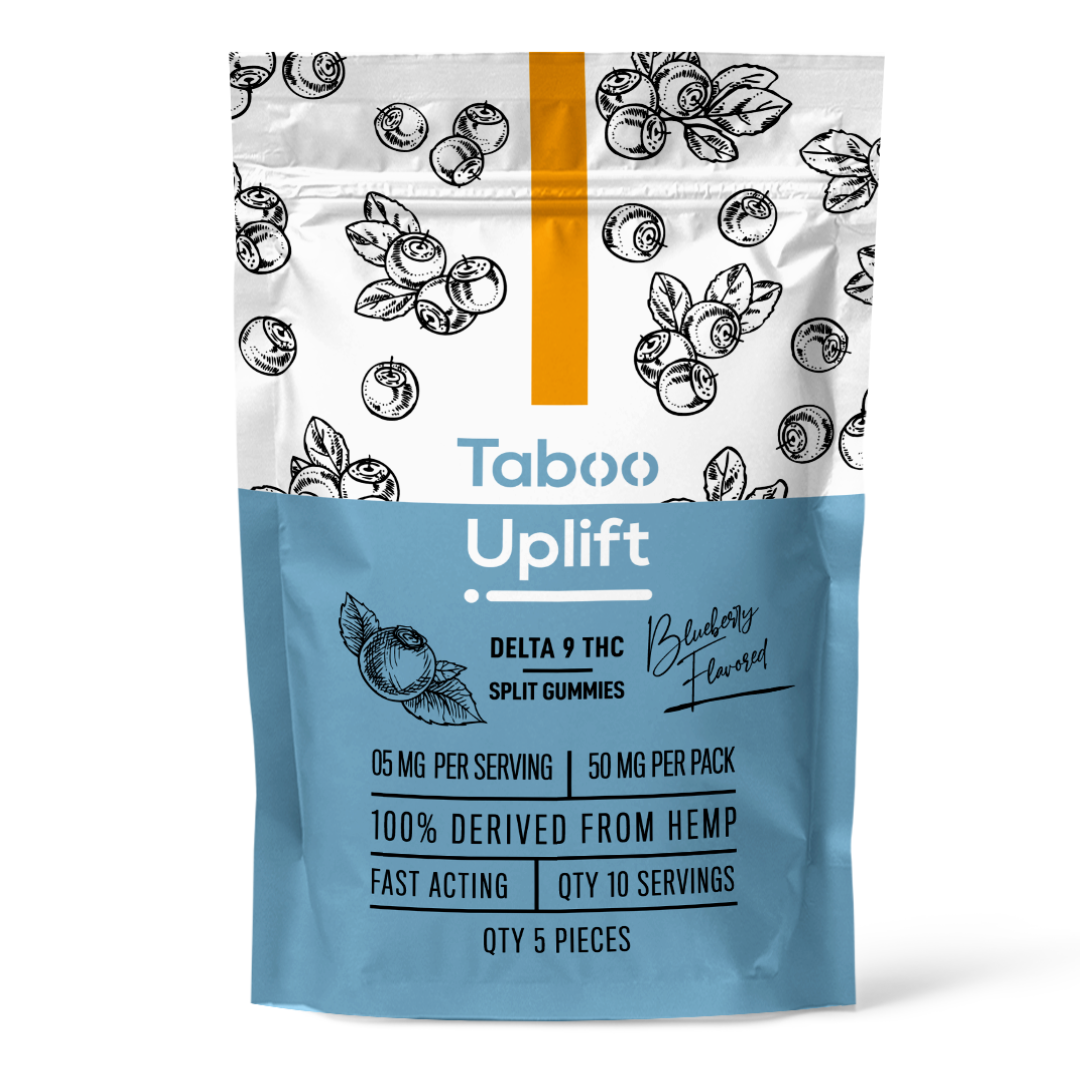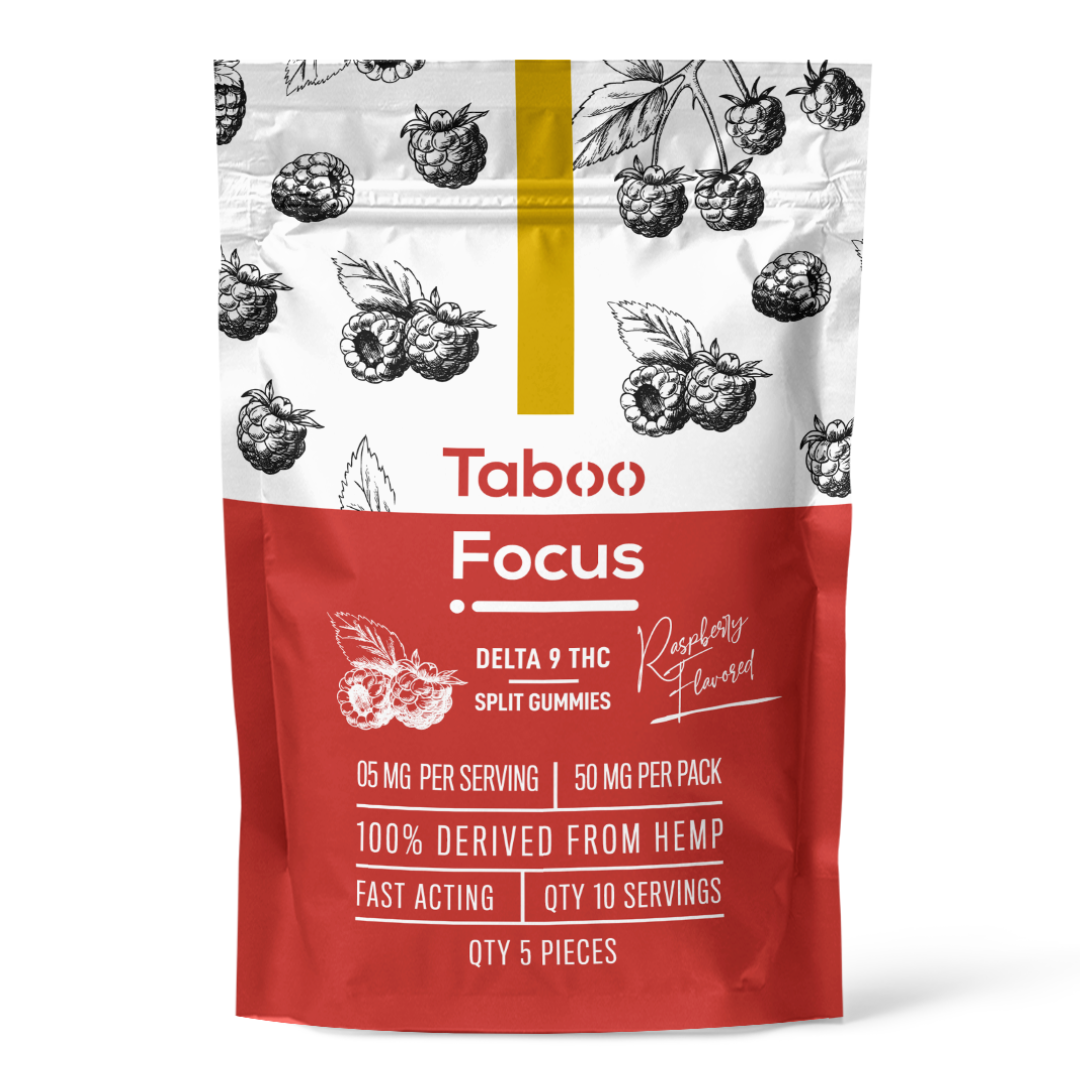
As the US Army designs new camouflage for its snipers and scouts, the agency is gathering information about whether a hemp-based textile could be used to keep such personnel from being seen.
The Department of Defense posted a request last week seeking information on jute, hemp or other natural fiber to help conceal snipers and scouts, Marijuana Moment reported.
The fiber would be used to make a ghillie suit, a garment designed to resemble the surrounding natural environment in color and texture, typically worn over clothing.
“The IGS (Improved Ghillie System) is a new and improved Sniper concealment system developed to meet the concealment needs of the Sniper community,” reads the request. “The IGS shall have amendable camouflage materials (e.g. jute, hemp, or similar natural fiber) that can be used to change the appearance of the sniper. The IGS Jute, Hemp or other natural fiber will help conceal the Sniper and Scout during missions allowing them to remain undetected within close proximity of the enemy forces.”
“Jute, Hemp or other natural fiber will help conceal the Sniper and Scout during missions allowing them to remain undetected within close proximity of the enemy forces.”
— Department of Defense Open Call for Information
To be effective as camouflage, the Army needs a material that blends in, but is also lightweight and can be worn against the skin for long periods.
The department noted that the request was issued solely for informational and planning purposes. But if selected, a supplier would need to have large amounts of the natural fiber yarn ready to ship. The agency’s current need is 400,000 yards.
There's increasing interest in the large-scale use of hemp in textiles, packaging and construction. Marijuana Moment reporter Kyle Jaeger noted, “while many have come to associate the crop with its derivatives like CBD oil, there’s growing interest in its other industrial applications, especially given its unique durability, versatility and low environmental impact. Businesses have been marketing everything from hemp fabric in clothing to hemp concrete for buildings.”
The federal government appears willing to help manifest hemp’s potential, funding research and development with grants in the six and seven figures.
Last month, the U.S. Department of Energy awarded $3.47 million to researchers developing a concept for buildings that can be constructed from 3D-printed hempcrete. The buildings would be considered carbon sinks, thanks to hemp's carbon-capturing capabilities. Additionally, hemp is an energy efficient building material that's more resilient to natural hazards than wood frame construction.
Last August the Department of Energy backed the development of hemp-fiber insulation through its Innovation Crossroads fellowship, a program designed to boost clean energy startups.
In April 2021, the Environmental Protection Agency awarded a Washington State company a $100,000 grant to develop hempcrete bricks.
And in recent spending bill reports, the House Appropriations Committee has encouraged research into using US grown hemp to reduce dependence on plastic imported from China, Jaeger reports. The move implies there is optimism among federal lawmakers that hemp plastics may be preferable to petroleum-based plastics economically and politically, as well as environmentally.























